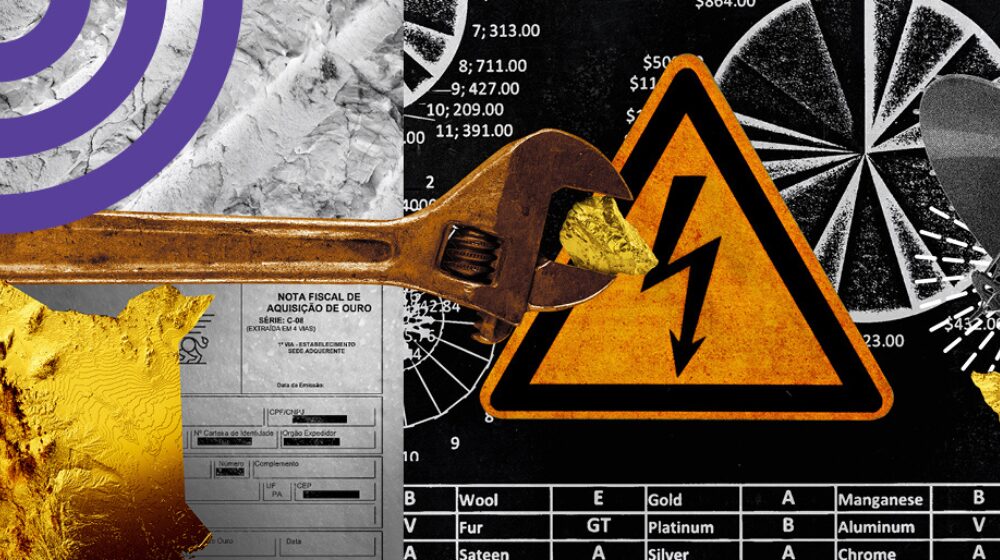Gold production from wildcat mines has already dropped 84% in 2024

Brazil’s measures last year to control the gold trade and combat illegal mining have proven effective: the country’s gold market is no longer the same, and gold production reported by wildcat mines has plummeted by 84%. This is the key finding of the newly released study, Gold in turmoil: measures that shook the market, conducted by Instituto Escolhas, which provides an overview of the impact of these regulatory changes on the gold trade.
Two rules had immediate and profound effects on the market: the requirement for electronic invoices and the elimination of the presumption of good faith in transactions involving gold from wildcat mines.
The results speak for themselves: in 2022, wildcat mines reported a production of 31 tons of gold. In 2023, following regulatory changes, this volume fell to 17 tons—a 45% drop. Between January and July 2024, production from these operations has already decreased by 84% compared to the same period in 2022.
Over 70% of the decline in wildcat gold production in 2023 was registered in Pará. Between January and July 2024, output from wildcat mines in the state has already dropped by 98% compared to the same period in 2022.
The effects of these measures have also been felt in Brazil’s gold exports. In 2023, exports decreased by 29%, and between January and July 2024, the exported volume was 35% lower than in the same period in 2022.
In 2023, the states with the largest declines in gold exports were São Paulo— which does not produce gold but serves as a hub for the metal extracted from wildcat mines in the Amazon—and Mato Grosso, where wildcat mining predominates. Regarding export destinations, notable declines were seen in shipments to India, the United Arab Emirates, and Belgium, which stopped purchasing 18 tons of gold, mainly from São Paulo, Mato Grosso, Rio de Janeiro, and the Federal District.
“With the implementation of control measures where there are clear indications of illegal activity, the market has contracted despite the high price of gold. This means that doors have been closed to illegal gold. Whereas before, the metal could easily be ‘laundered’ and exported as ‘legal,’ that’s no longer the case. The costs and risks of illicit operations have risen,” says Larissa Rodrigues, Research Director at Instituto Escolhas.
According to Rodrigues, while these measures are crucial, they are just the first steps. Much more needs to be done to transform the sector thoroughly. “Fighting illegal mining should be a priority, as it causes enormous environmental and social damage that is difficult to reverse,” she emphasizes.
Among the next steps proposed in the Instituto Escolhas study is the requirement that wildcat mining operations reaching a specific production value be converted into mining companies, which would allow them to better manage social and environmental obligations.
To learn more, read the complete study here.
Related
The onset of the end: a new study warns of declining fish farming in the Legal Amazon
Gold mines in Brazil might have used 185 tons of illegal mercury
Lack of strategies hinders Brazil’s opportunity to lead the global herbal medicine market.
Local food production can ensure a healthier life for people living in large cities

 Texto
Texto